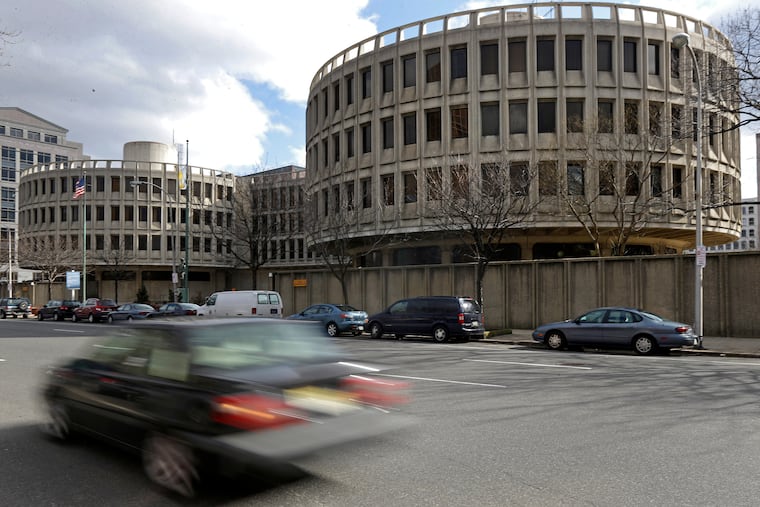Wind Energy Projects Face Setbacks Along the Shoreline
In New Jersey, the shoreline, often perceived as a timeless landscape, is undergoing significant and rapid transformations. Structures that once contributed to the area’s charm, including houses and amusement piers, are suddenly taken down, while erosion steadily modifies the coastline. A poignant loss has recently occurred with the demolition of a historic church in Atlantic City; its sandstone facade was transported to Washington, D.C., to contribute to the restoration of the Smithsonian Castle.
In a recent development, the pursuit of offshore wind energy in New Jersey has likely reached a critical juncture. Atlantic Shores, the final company attempting to establish wind turbine farms in the state, has submitted a request to the New Jersey Bureau of Public Utilities to terminate the project. This decision stems from a combination of economic and political hurdles, including opposition from prior administrations and significant public concern. The proposal to create renewable energy infrastructures capable of powering hundreds of thousands of homes now appears to have dissipated.
Initially, these offshore wind projects garnered considerable support, particularly from Governor Phil Murphy. Many residents were open to the idea of wind turbines gracing the horizon, considering them a step toward carbon reduction. However, a formidable coalition of opponents emerged, some of whom were reportedly funded by the fossil fuel sector, attributing unrelated adverse environmental impacts, such as whale deaths, to wind energy initiatives. This led to public demonstrations and passionate discussions at local city council meetings, where community members expressed dissent over potential changes to their scenic views and the perceived industrialization of the ocean.
The absence of crucial federal government support, regulatory challenges, supply chain issues, and persistent opposition have collectively hindered the progress of these wind energy projects. Communities that anticipated job creation through these initiatives are now left in a state of uncertainty as these turbinous aspirations seem to stall indefinitely.
Adding to the political landscape, the recent Democratic primary election saw the downfall of Steve Sweeney, the former New Jersey Senate President. The power broker experienced unexpected defeat while competing for the governor’s nomination, leading to a significant shift in local political dynamics.
As discussions surrounding energy and environmental policy continue, residents and stakeholders remain divided. The future of offshore wind energy in New Jersey hangs in the balance, with many contemplating whether it will regain momentum or remain a fleeting dream.







